Last month, I published a poem in U.S. Catholic magazine.
The full text version is available to print subscribers of U.S. Catholic, but you can listen to me read the poem aloud here:
My first published poem
This is the first time I’ve had a poem published in an external outlet. Poetry is not the genre of writing I typically put out into the world, but I’ve been writing poems since I was a kid. In school I wrote poetry and short stories for creative writing courses, and I edited our high school student literary publication. But because I was also involved in youth journalism, overtime I veered more into articles and op-eds, and eventually into non-fiction books and academic writing (PhD dissertations are far from poetic…)
During grad school, though, when I spent so many hours alone—reading for my theology courses and studying for comprehensive exams—I found myself writing poetry again. The quiet of my home office, my backyard, and the running trails near my house proved to be fertile ground for poetry. My memories of the Holy Land, and the religious texts I was studying, prompted ideas, too. I hope to publish more of these poems down the line, whether in Digging Our Well or elsewhere.
Poems can (and perhaps should) stand on their own, but in this case, I wanted to share some of the context and inspiration behind this one…
Springtime in green Galilee
Growing up, I’d always imagined the Holy Land as brown—dusty, sandy, and arid. This mental image was due, in part, to the depictions of Jesus’s life I saw in children’s books and other media. In one picture book, which I now read to my toddler, the hills around the Sea of Galilee are painted in ochre-yellow tones. And in a cartoon show we’d watch in grade school religion class, the stories about Jesus were set in towns that appeared quite desert-like.
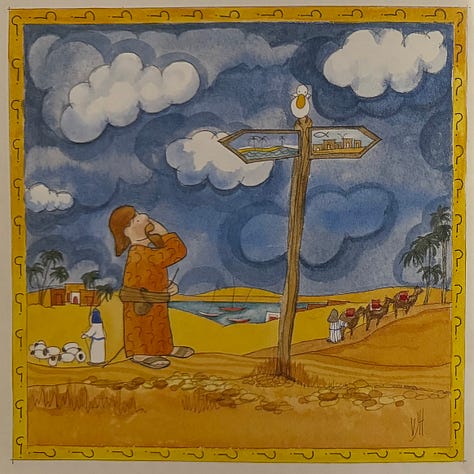
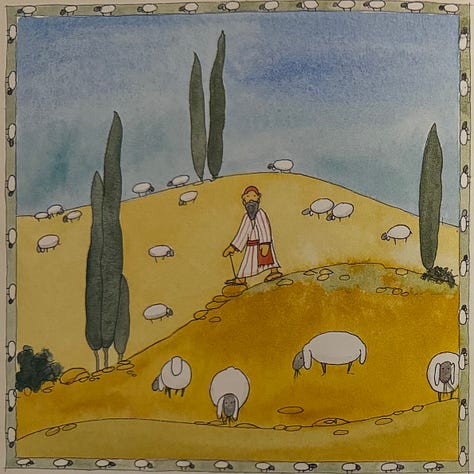
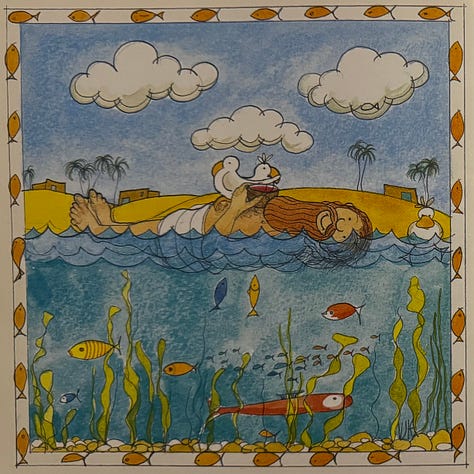
It is true that some areas of the Holy Land are rocky and brown, like the stretch between Jerusalem and Jericho or the place of John the Baptist’s imprisonment across the border in Jordan. But, as I learned when I first visited Israel-Palestine in 2012, not all areas are alike. The landscape of Middle East is far more diverse than the desert stereotype I grew up with.
In springtime, the hills around the Sea of Galilee are a vibrant green—rivaling those in Ireland—and the air is moist and damp. Though the city of Tiberius and other developments are present, the area remains relatively untouched. Looking out over the water or up into the hills, modern life melts away and today’s Galilee appears quite similar to what it would have been in Jesus’ time.
This fact was front of mind during my most recent visit, in early 2020, right before the pandemic. As I’ve written about elsewhere, I was in Israel-Palestine as part of an interfaith pilgrimage hosted by Georgetown University. Walking along the gravely shores of the vast lake and through the ruins of the town of Capernaum, I was moved by the knowledge that Jesus would have taken in the same sights, sounds, and smells. He would have watched the swallows clip around the corners of Peter’s stone house and felt the breeze come off the water. The place would have certainly meant something special to him. Galilee was where Jesus’ ministry began and where he chose to appear to his disciples over breakfast after his resurrection—not to mention many other events in between. Standing on the bank with my fellow pilgrims, I wondered how Jesus would have felt when the spray hit his face, or when the sun peaked through the thick clouds.
As my pilgrimage group and I left the shoreline, and rode in our tour bus up into the green hills to our next destination, I began writing the poem. Being present in the land where Jesus walked, and which he no doubt loved, brought forth my own imaginings about how he would have seen this place. In a sense, the poem is a form of spontaneous “Ignatian contemplation,” a method of prayer developed by St. Ignatius of Loyola and integral to Jesuit spirituality. Ignatius encourages us to imagine ourselves in Biblical settings and stories, inhabiting the world and even taking on the perspective of one of the characters. We are invited to let our imaginations wander, adding new details not present in the official story. Being physically present in the same places where Jesus lived his life made my Ignatian contemplation arise naturally. I didn’t intend to write this poem, but the beginnings of it just came. I finished it once I was back home, as the green of Maryland in springtime in 2020 brought back memories from Galilee.
Imagined encounters
In retrospect this poem also feels shaped by the writing of Kahlil Gibran, which I’ve long loved. The Lebanese-American author, who is most famous for his book The Prophet, also wrote a lesser-known work called Jesus the Son of Man (which is available for free online). In it, Gibran writes about Jesus from the perspectives of various people who knew him.
Some of these figures are ones we know from the Bible—Mary Magdalene, his grandmother, Anne, Peter, and Caiaphas, to name a few. But there are also characters of Gibran’s own imagining, personas he created to give readers additional glimpses into who the Son of Man may have been. In each chapter, Gibran takes on the perspective of a different individual and writes in beautiful detail about their imagined encounters with Jesus. The accounts of these fictional characters’ encounters with Jesus have no doubt shaped the way I imagine him in Galilee, too.
Join me in ‘digging our well’:
How do you imagine Jesus? (Jesus is an important figure not just for Christians, but also for Muslims. Regardless of one’s faith tradition or lack thereof, we all likely have a mental portrait of this universally recognized figure.)
Have you visited Israel-Palestine? How did being in the Holy Land impact your own understanding of your faith, or of the political and social realities of the region?
How might Jesus react to the recent violence in Israel-Palestine, not to mention the long-term injustices there?




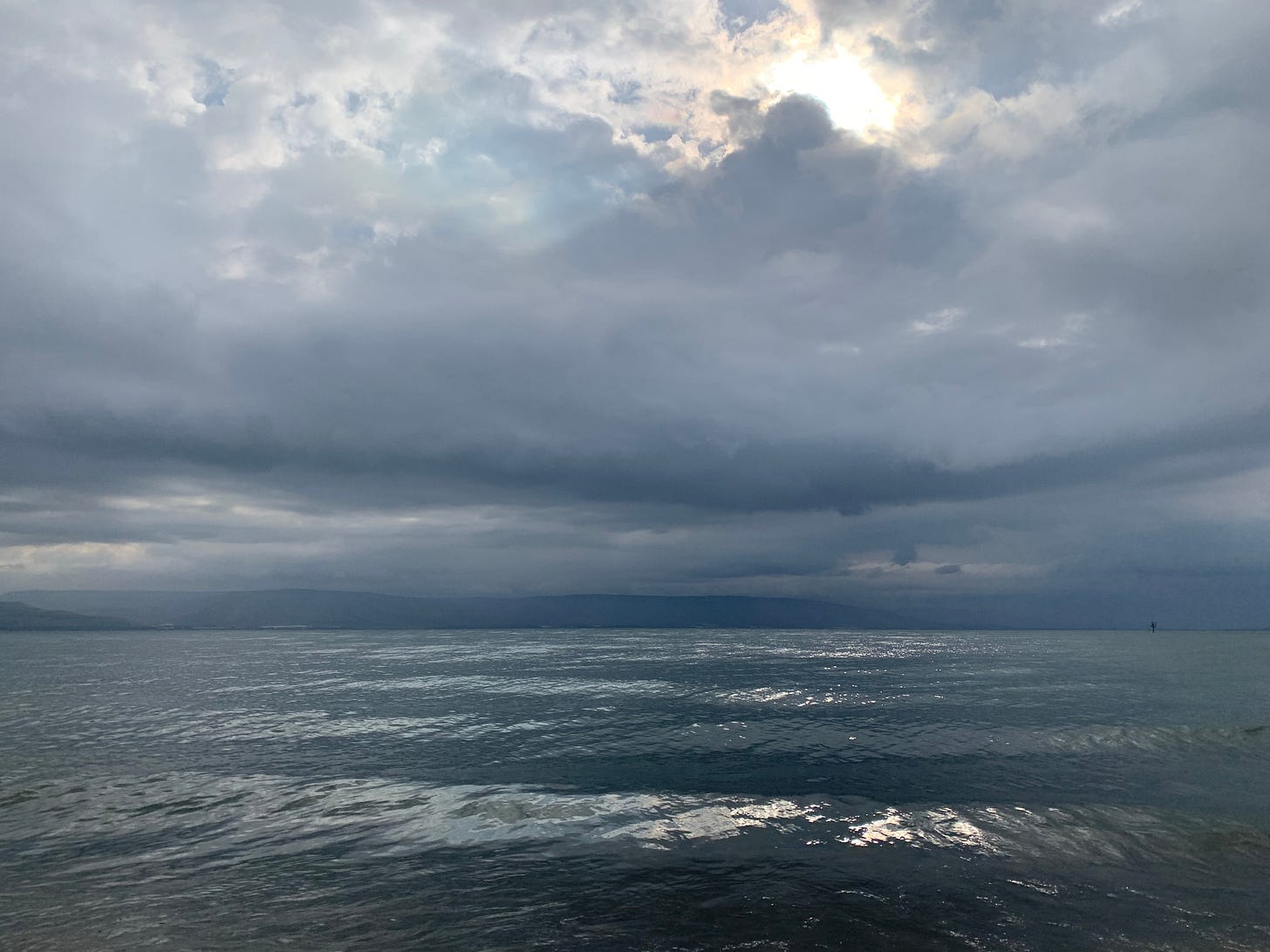

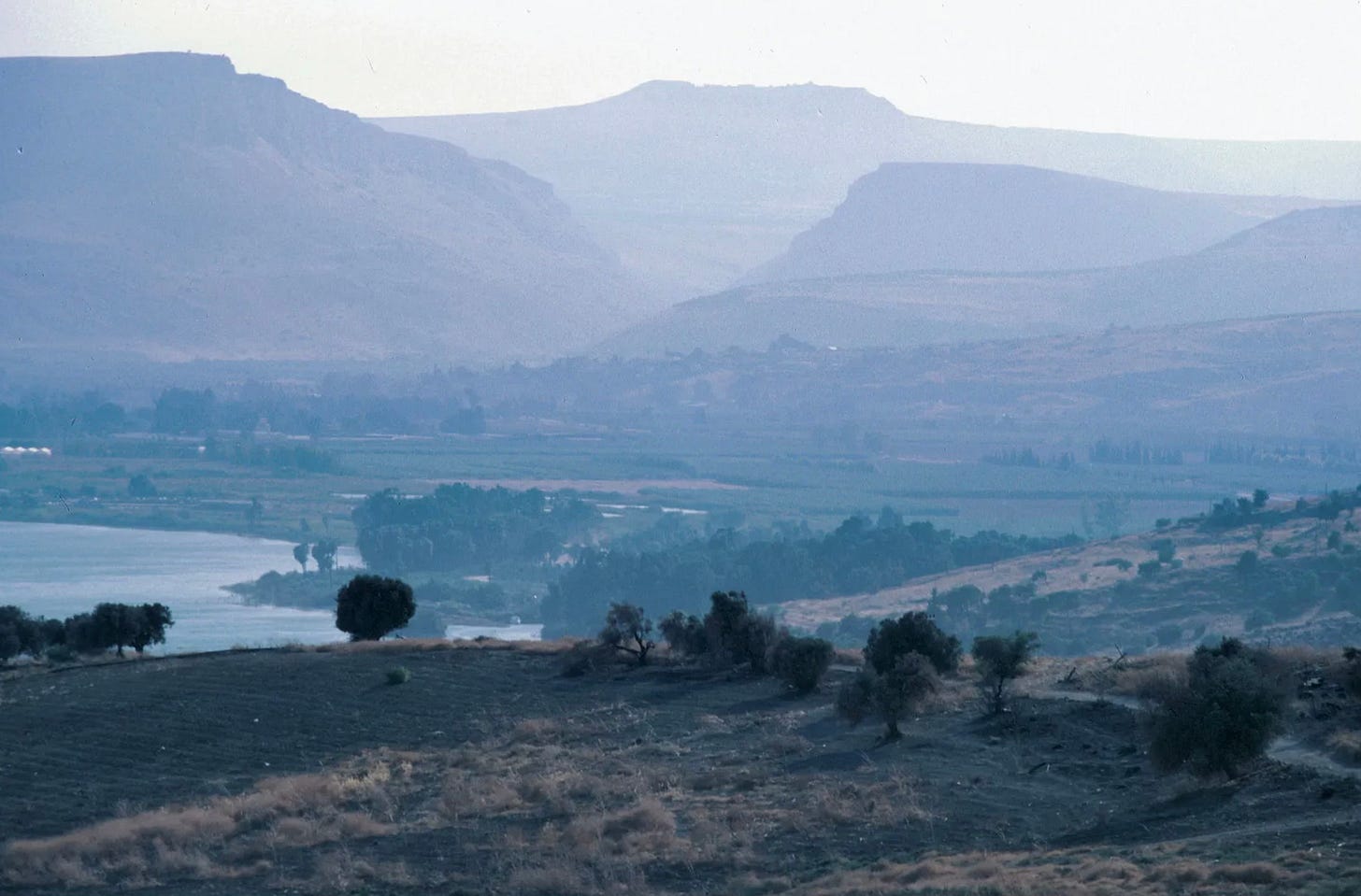
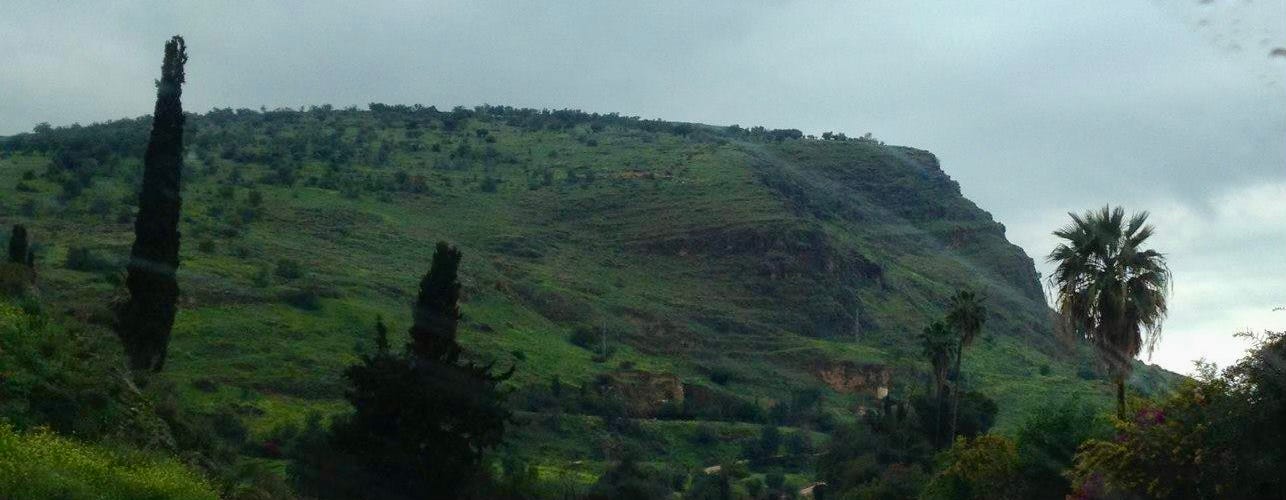

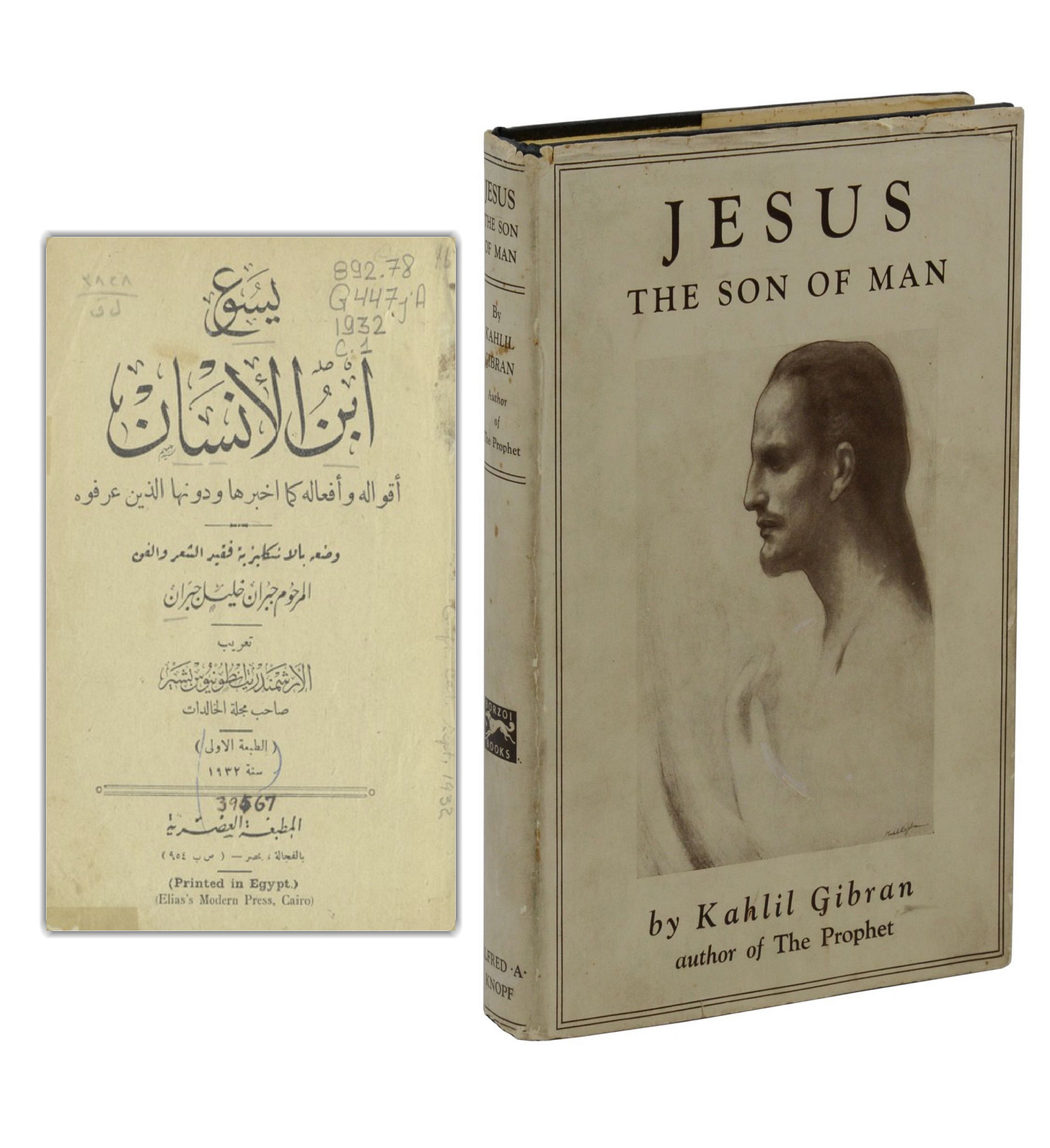
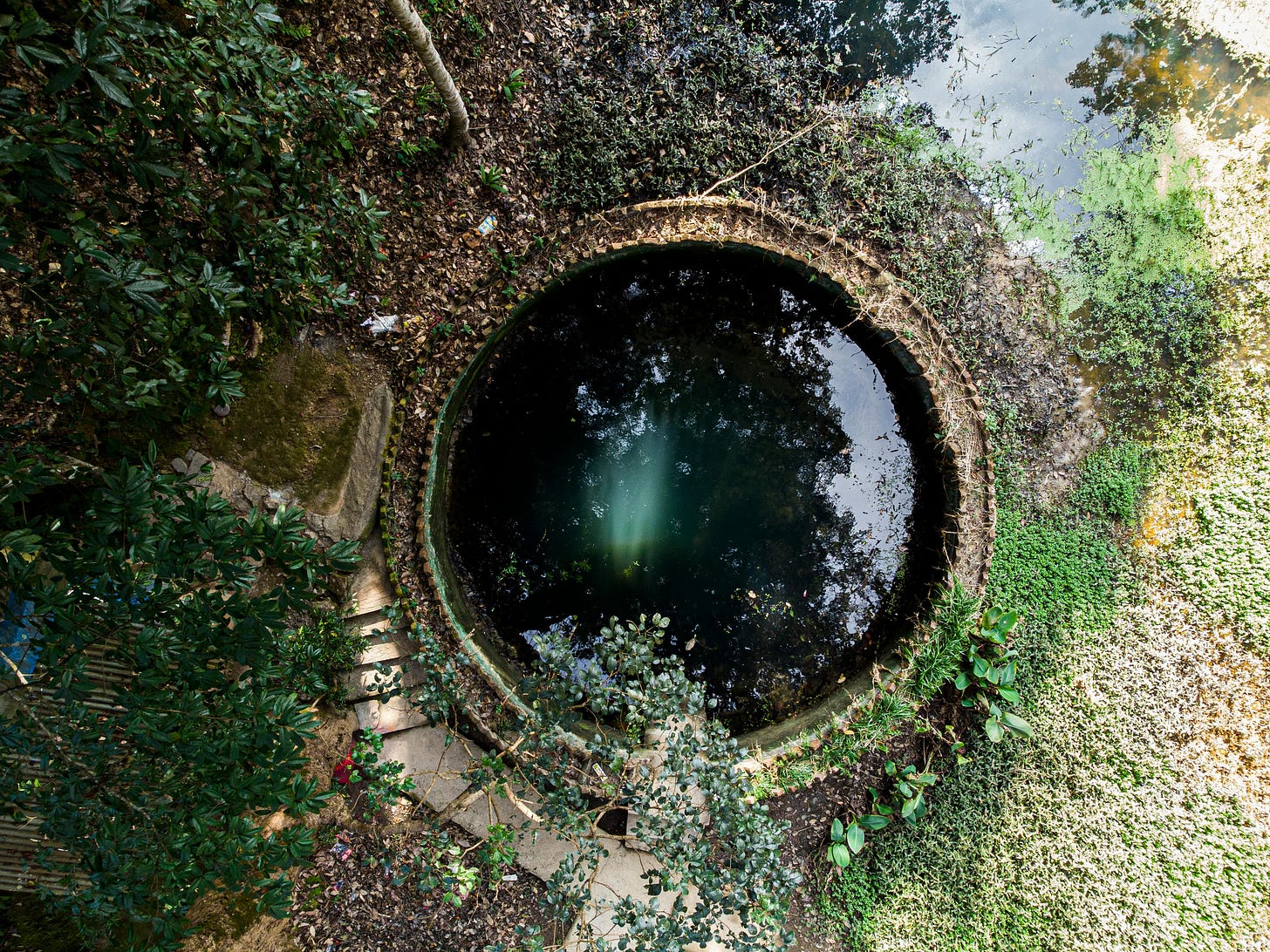
Precious. What else can one say. Jesus walking through hilly grain fields and small fruit orchards. You make me see the Good Shepherd and his friends in soft falling blossoms, pale pink and cream-almost yellow. Sun warms the earth, mist fades, skin drys and there is Jesus passing a fig farm; a rooster, hens and their multicolored chicks scratch; they pull worms from loam. You brought it to me like David Lean in a 70mm masterpiece. Thank you.
Jordan, you have a gift! This lovely poem brought me back to the Holy Land with Jesus and his posse. 😊 I had a similar reaction to visiting there on pilgrimage; all of a sudden my faith became tangibly real in EVERY way possible.
I honestly can't separate Jesus from the people of the Holy Land in my mind and heart. So, the War is tragic and gut wrenching on a level that is almost unspeakable. If he were there now? Well, he is there; he never completely left. He's huddled in corners as shells explode, and he's cooking huge vats of food in NGO makeshift kitchens, and he's speaking to the decision makers like he always did, and they're keeping him at a distance like they always have.
I pray and act for peace.
Keep up your wonderful work, and thank you for sharing your heart with us.